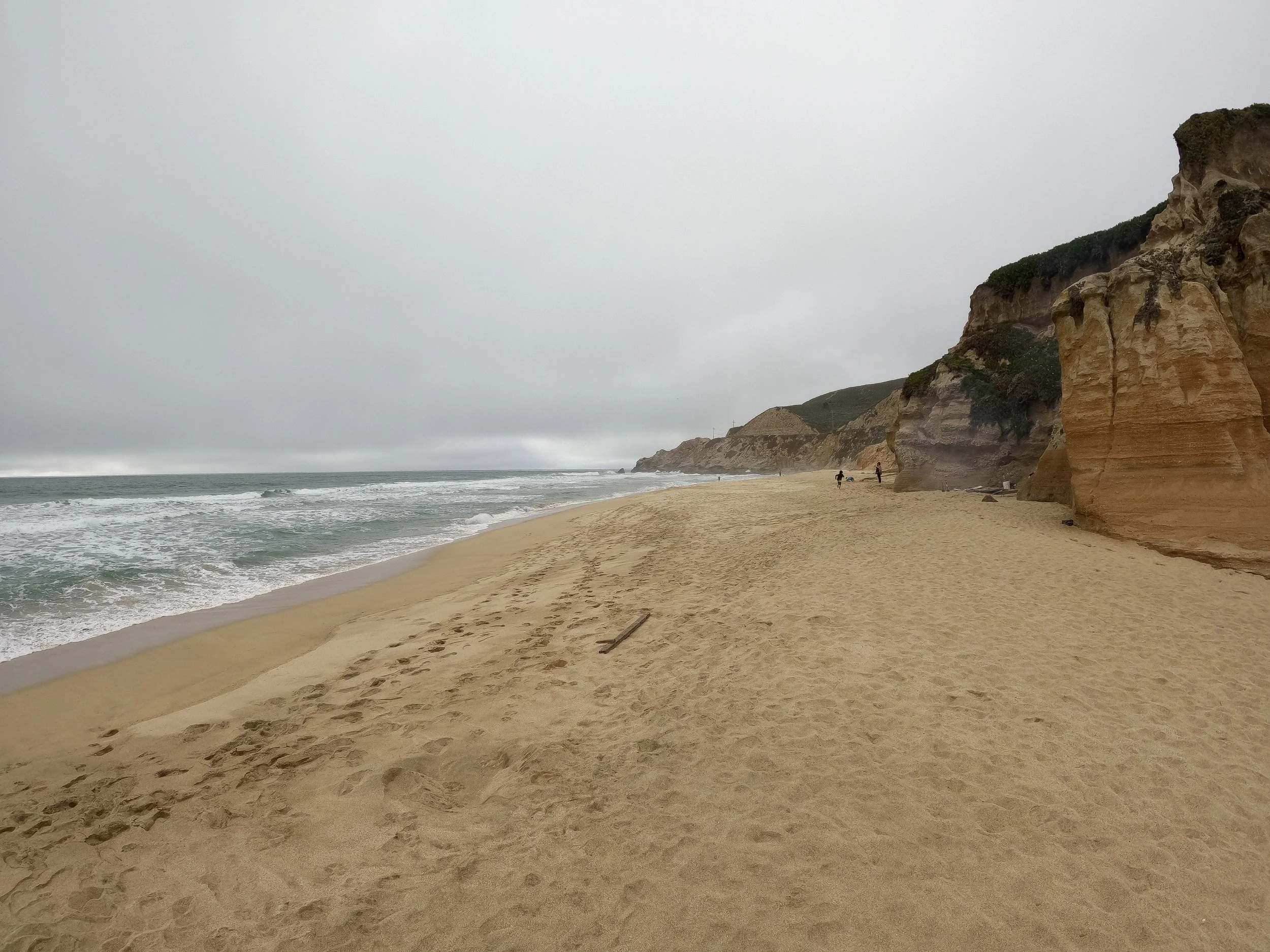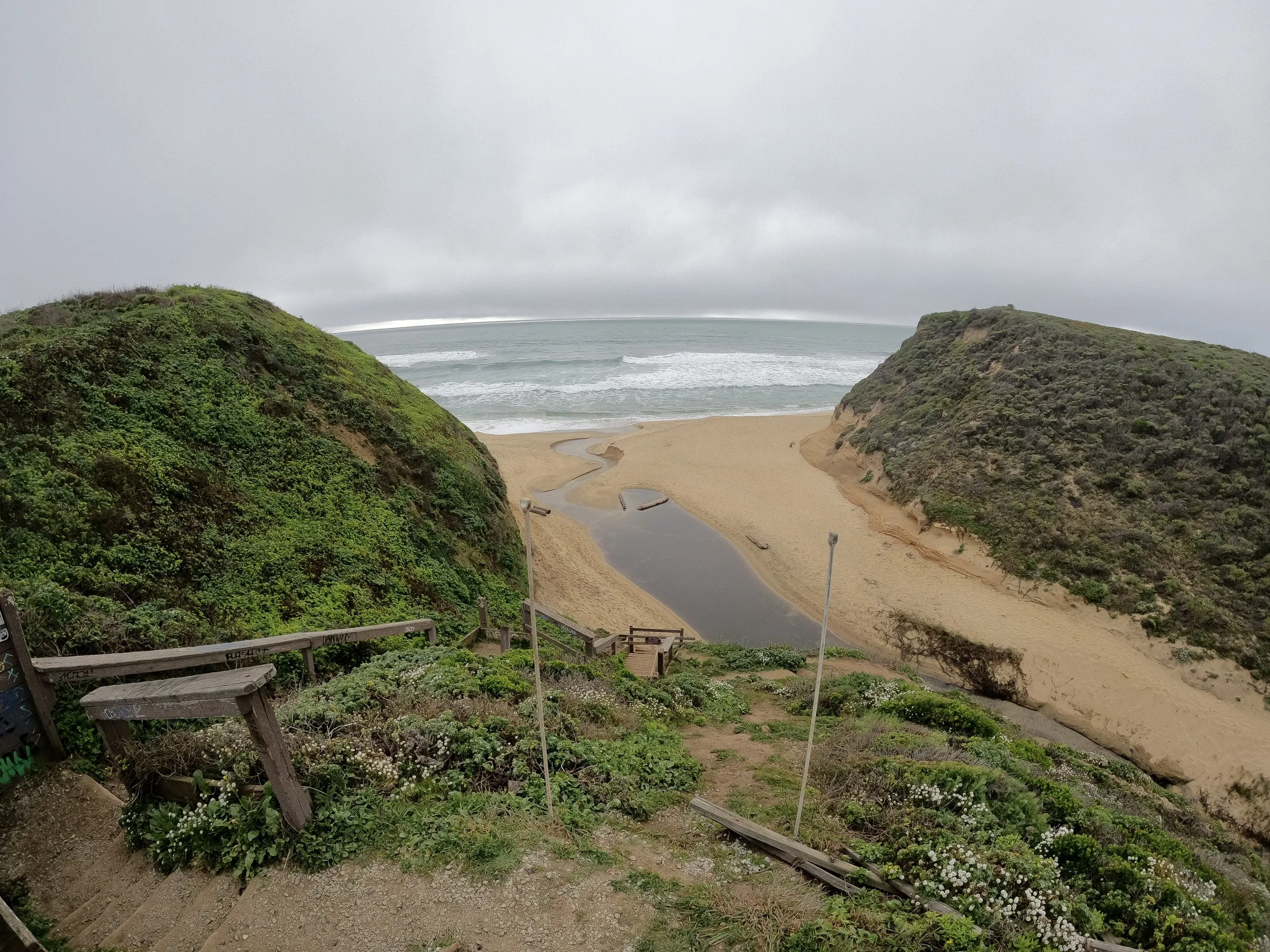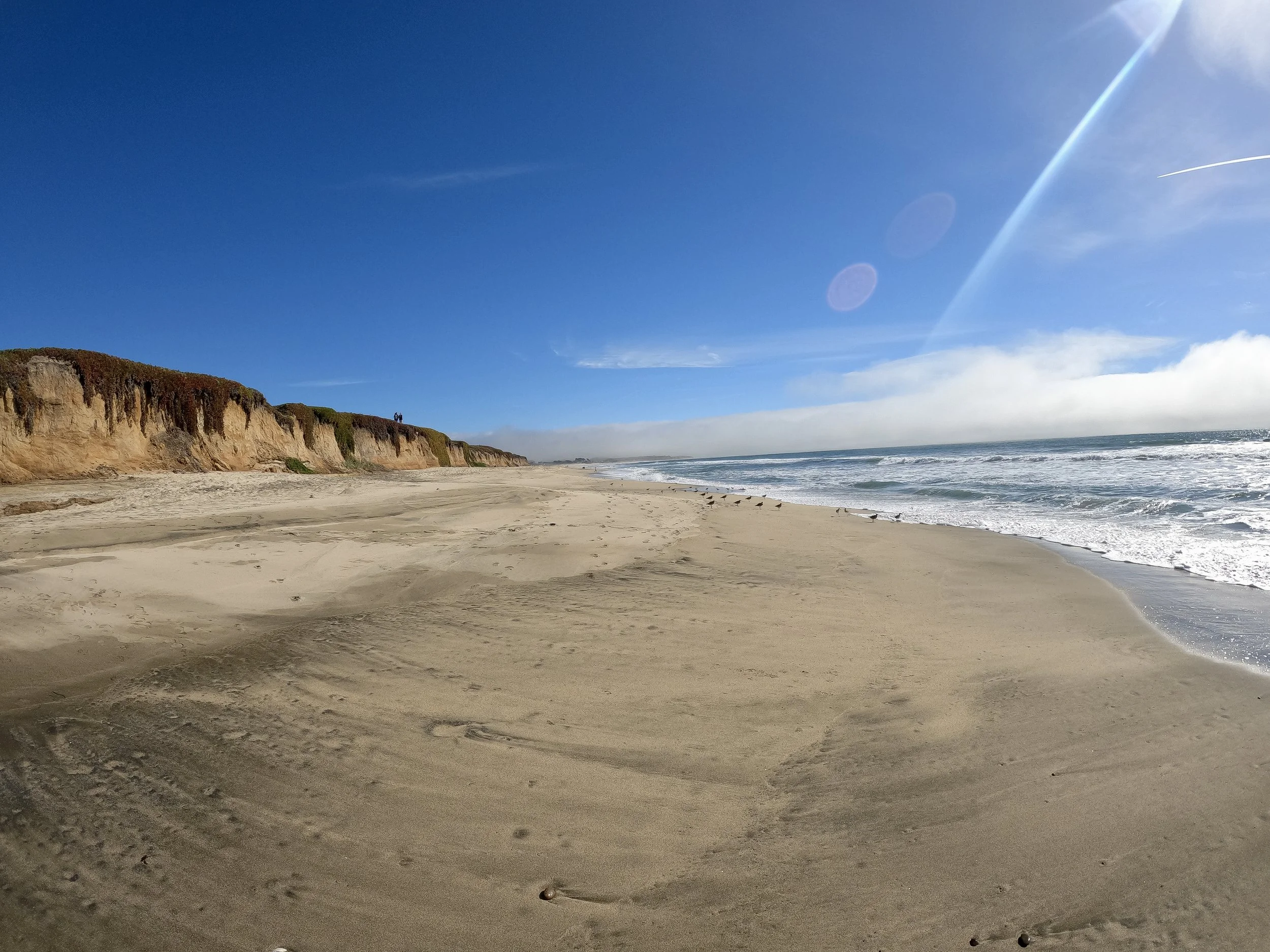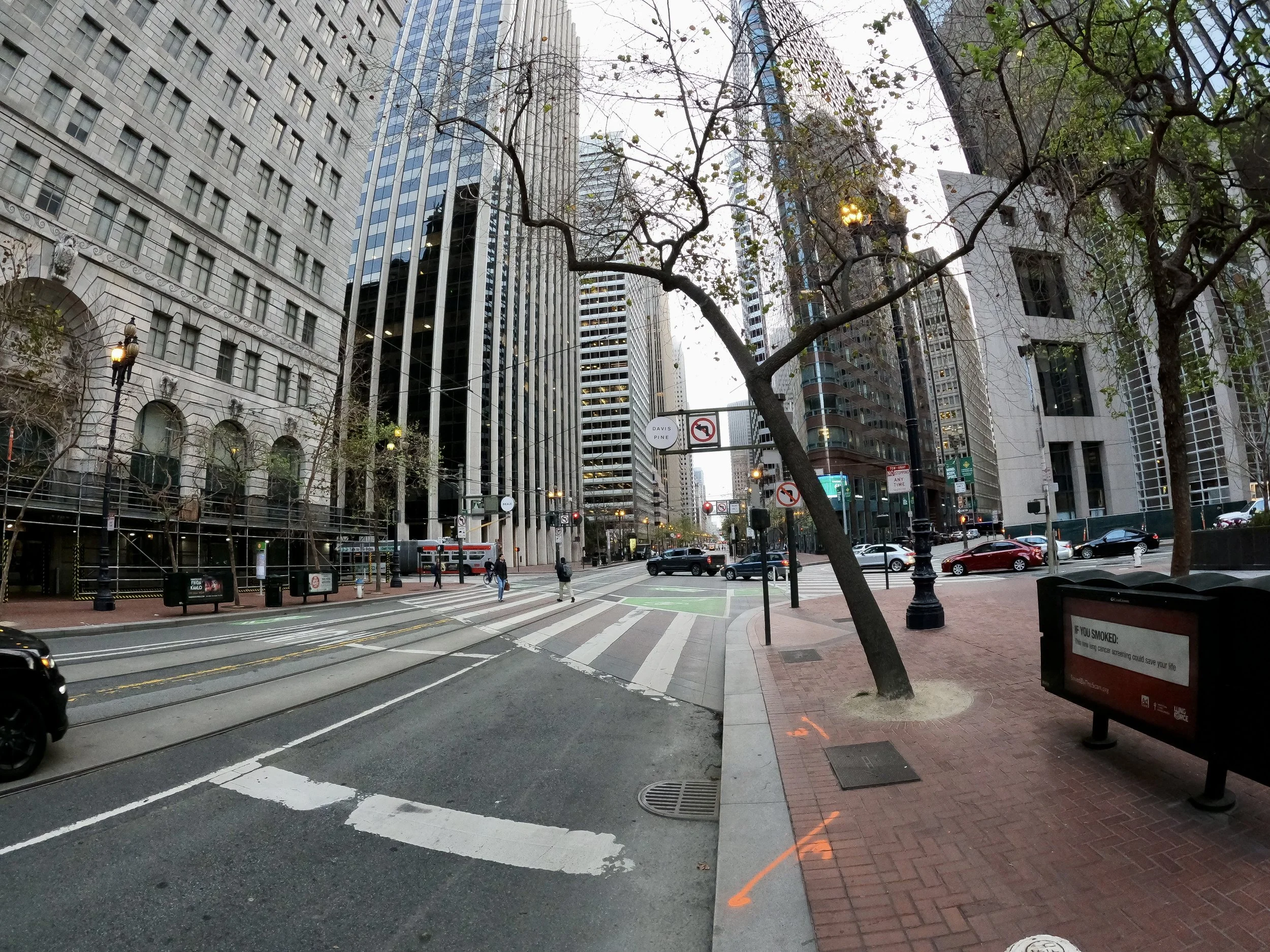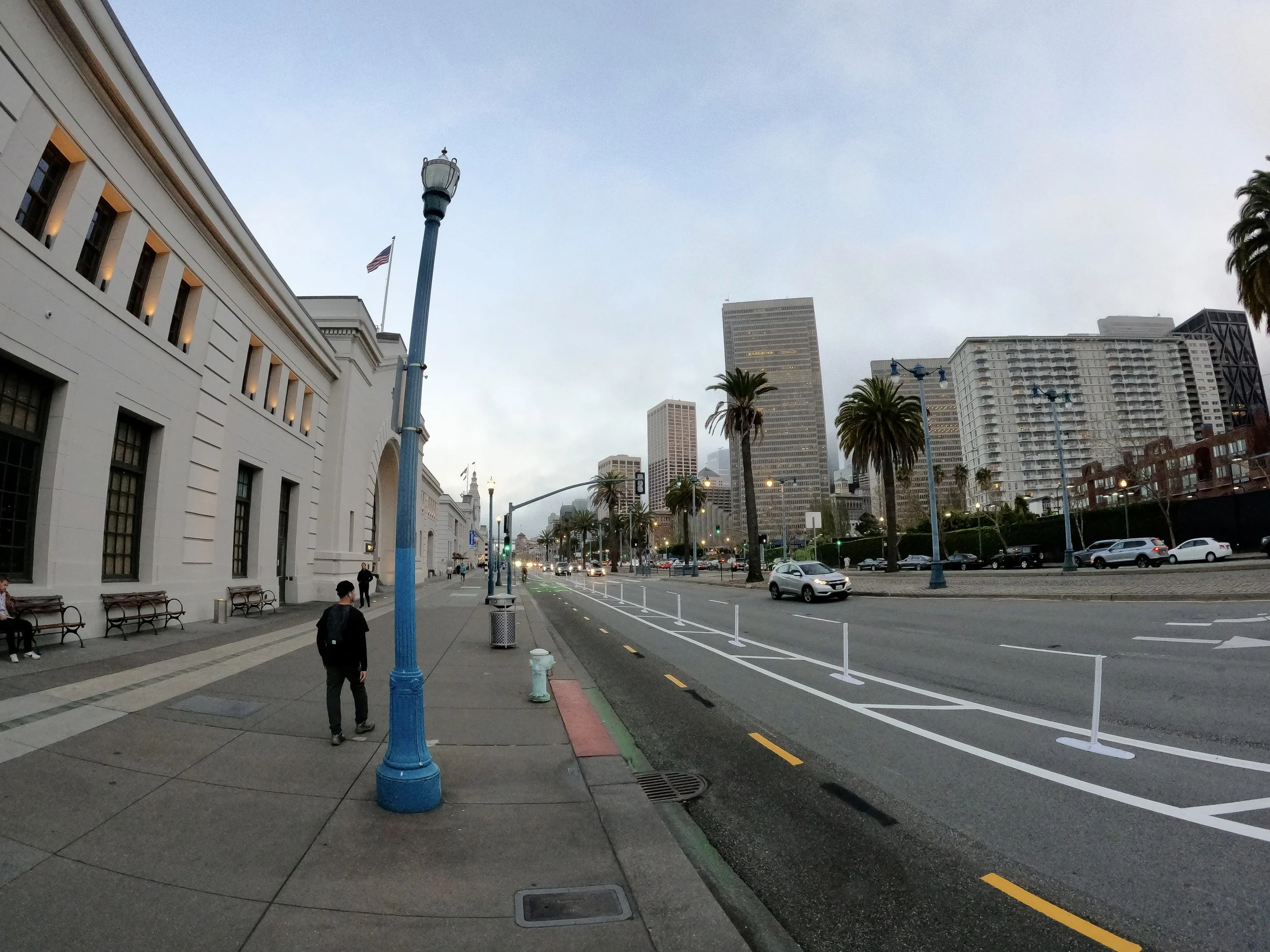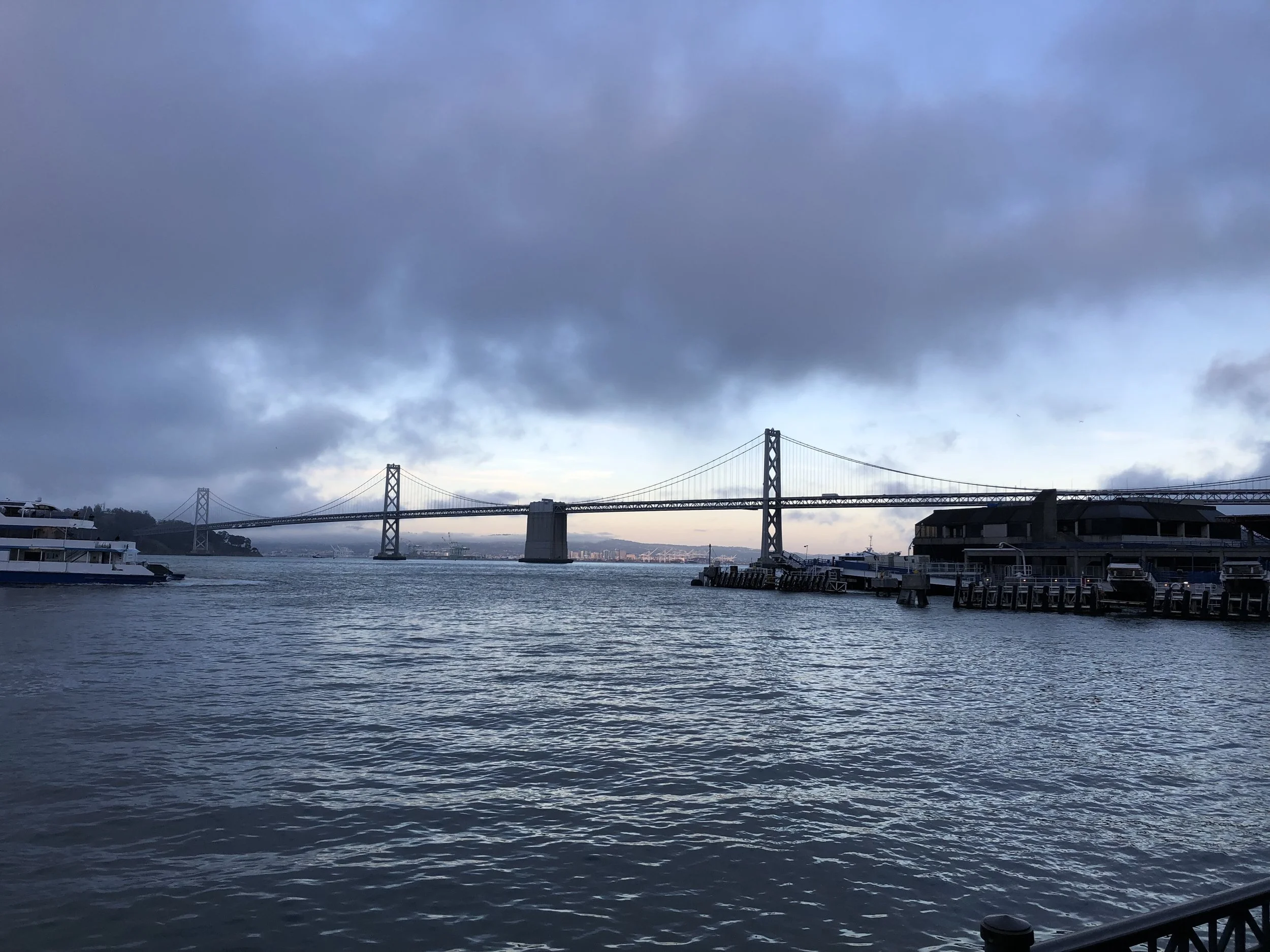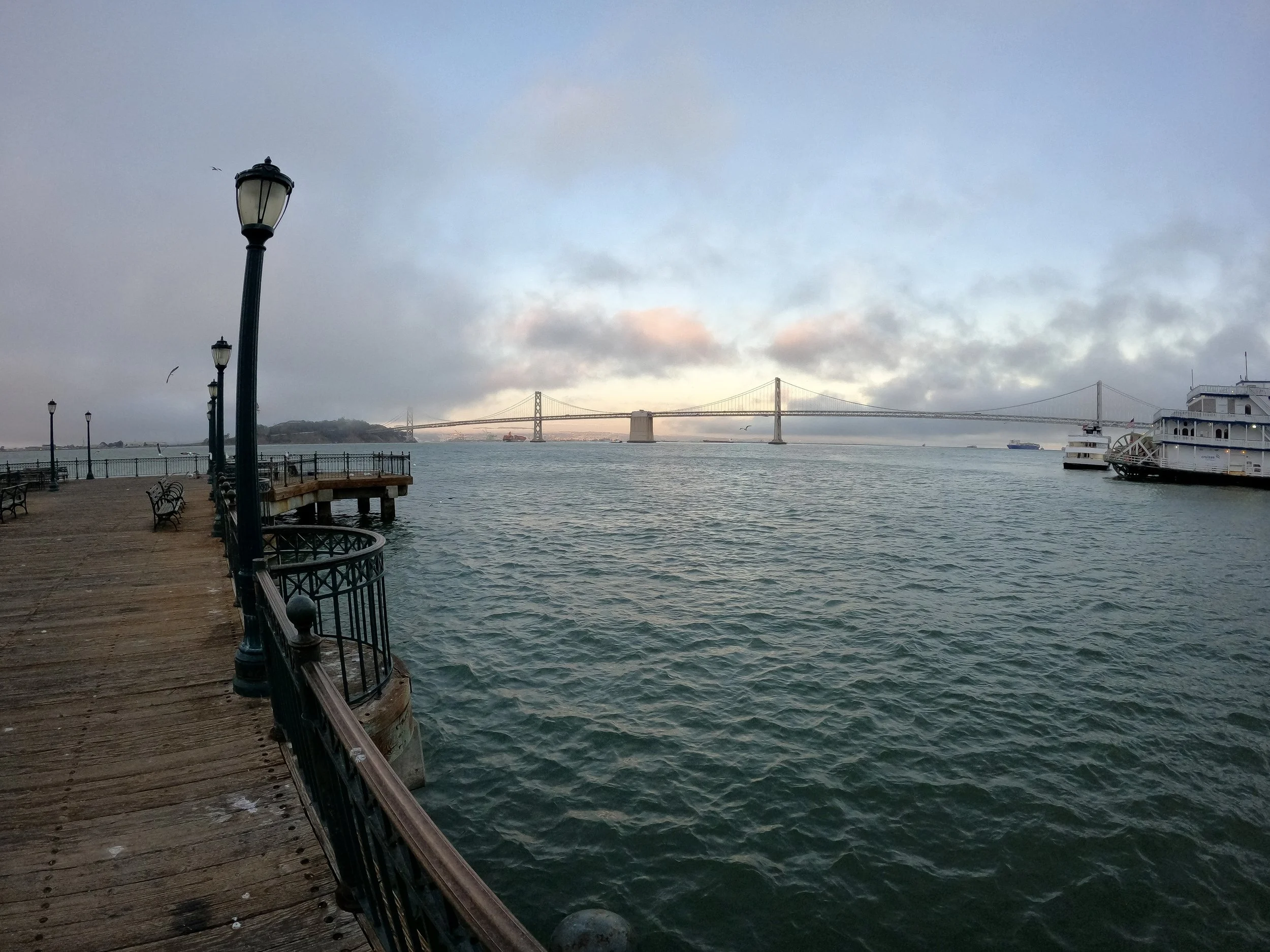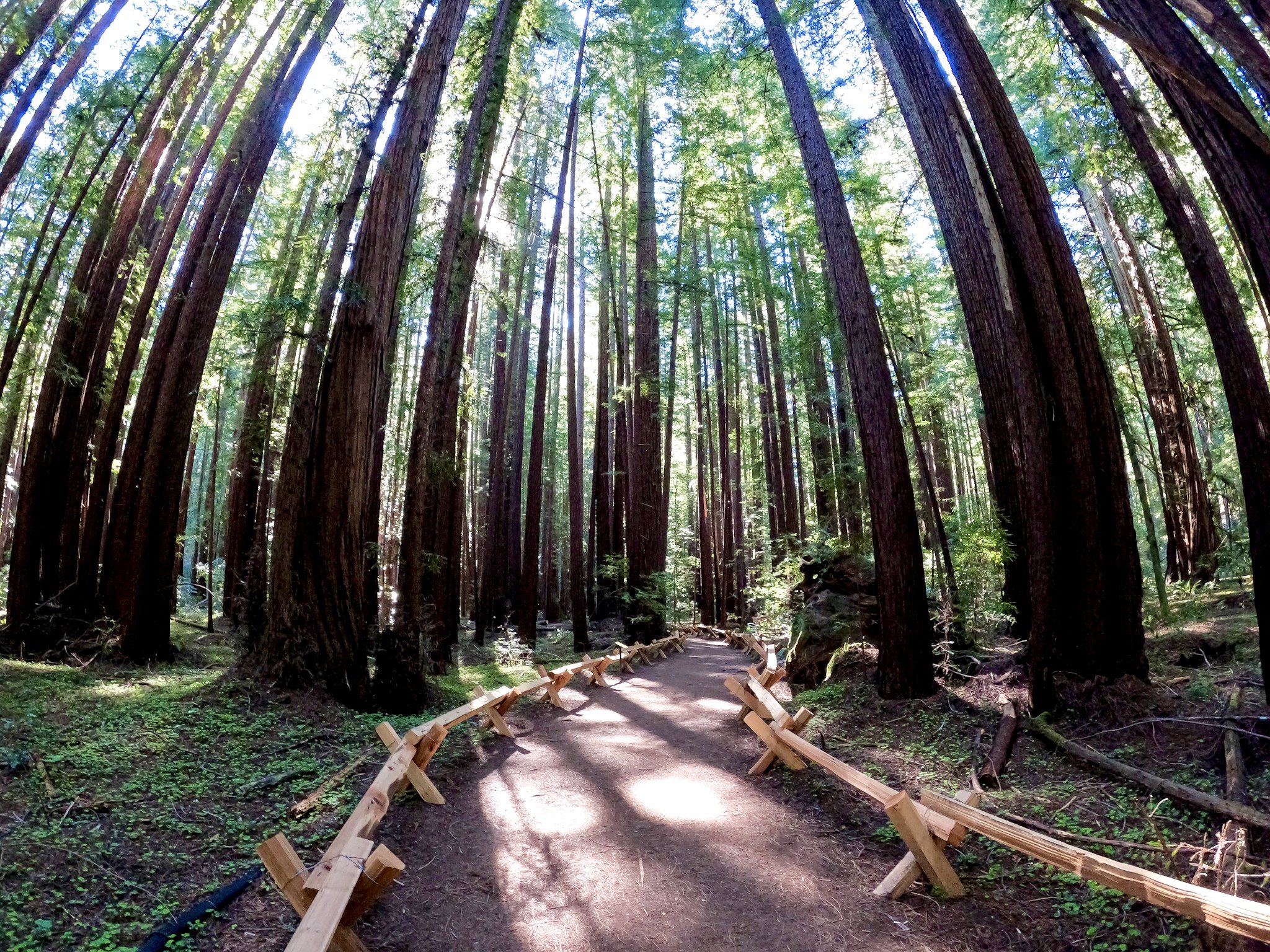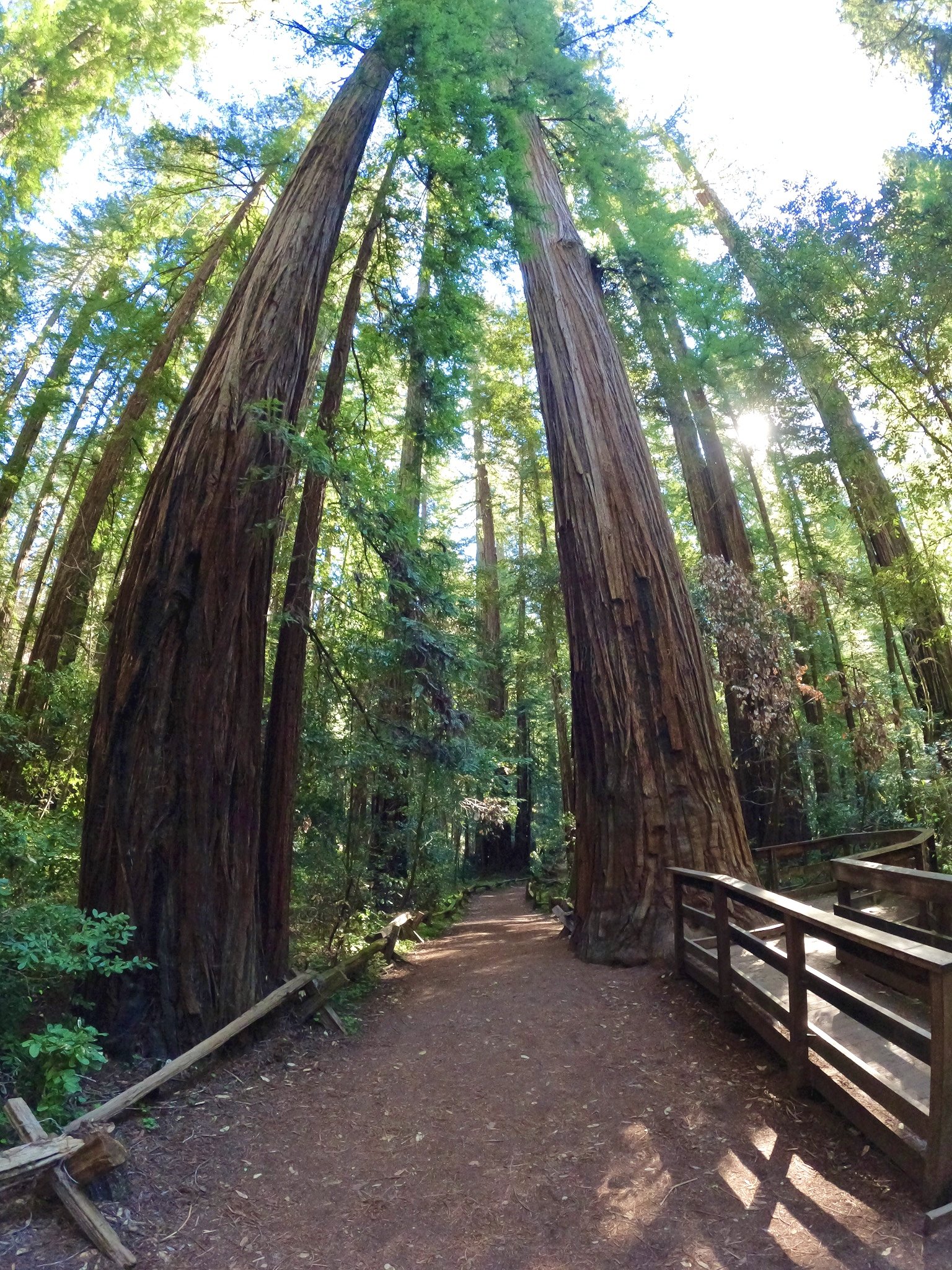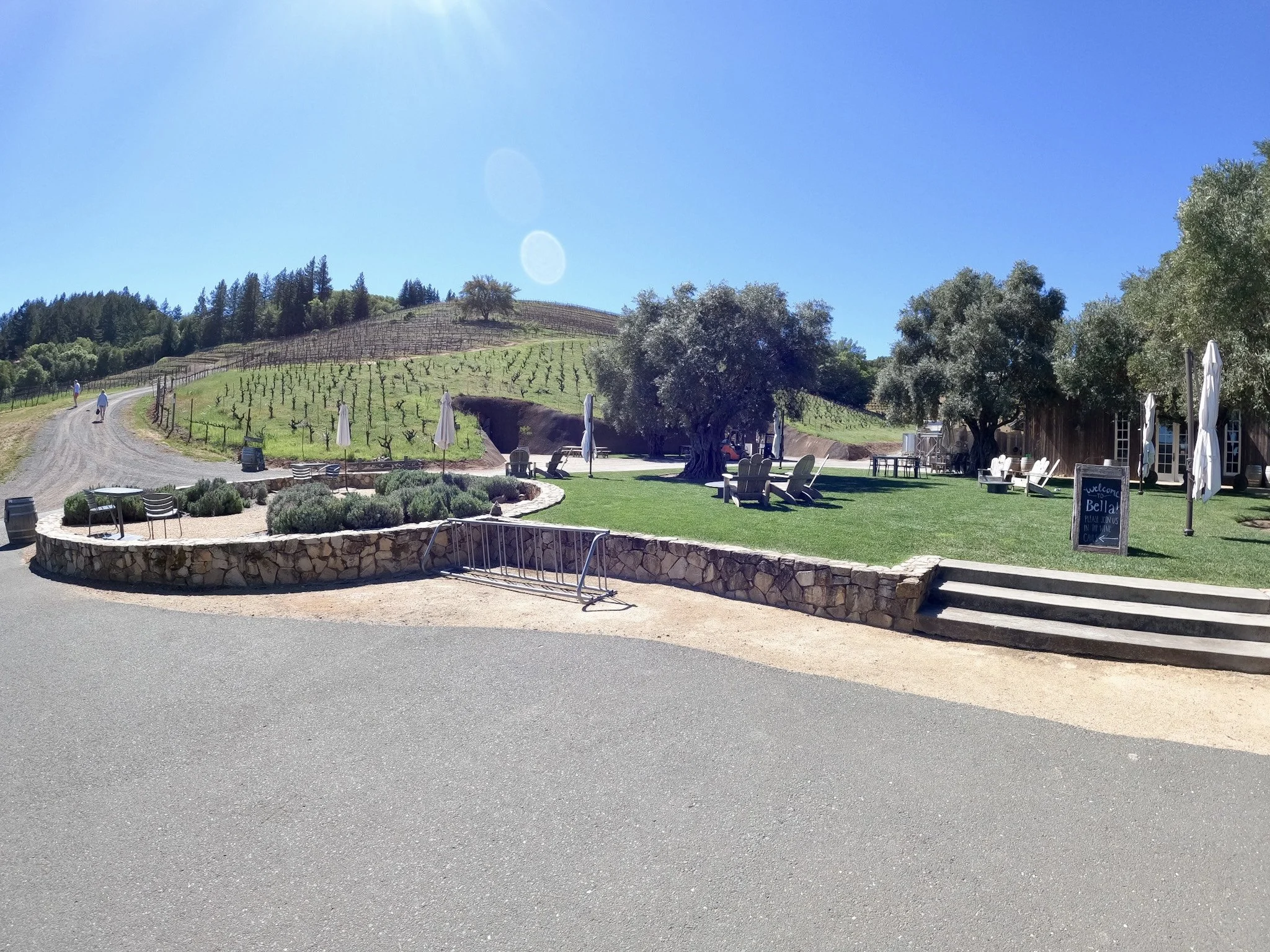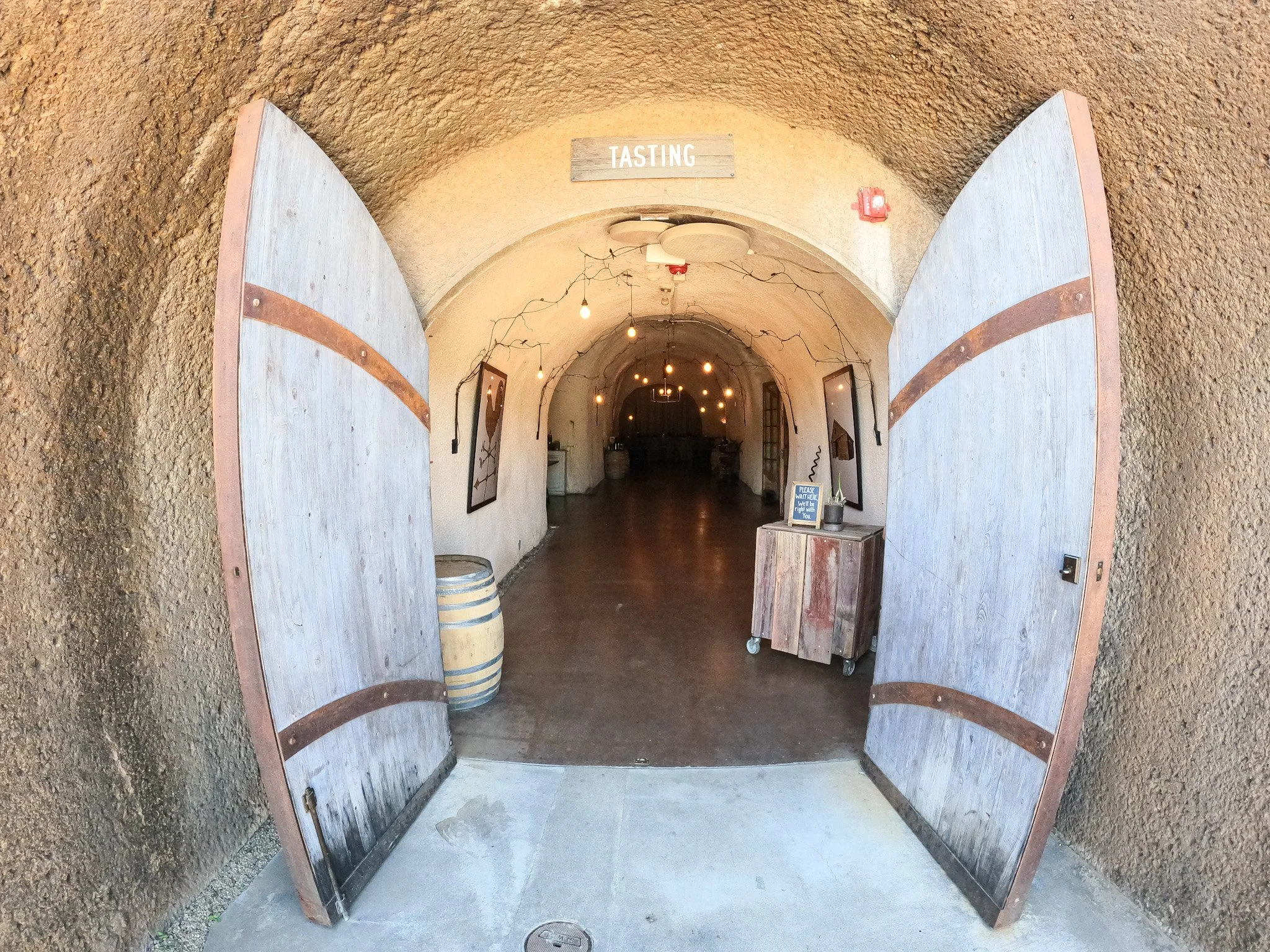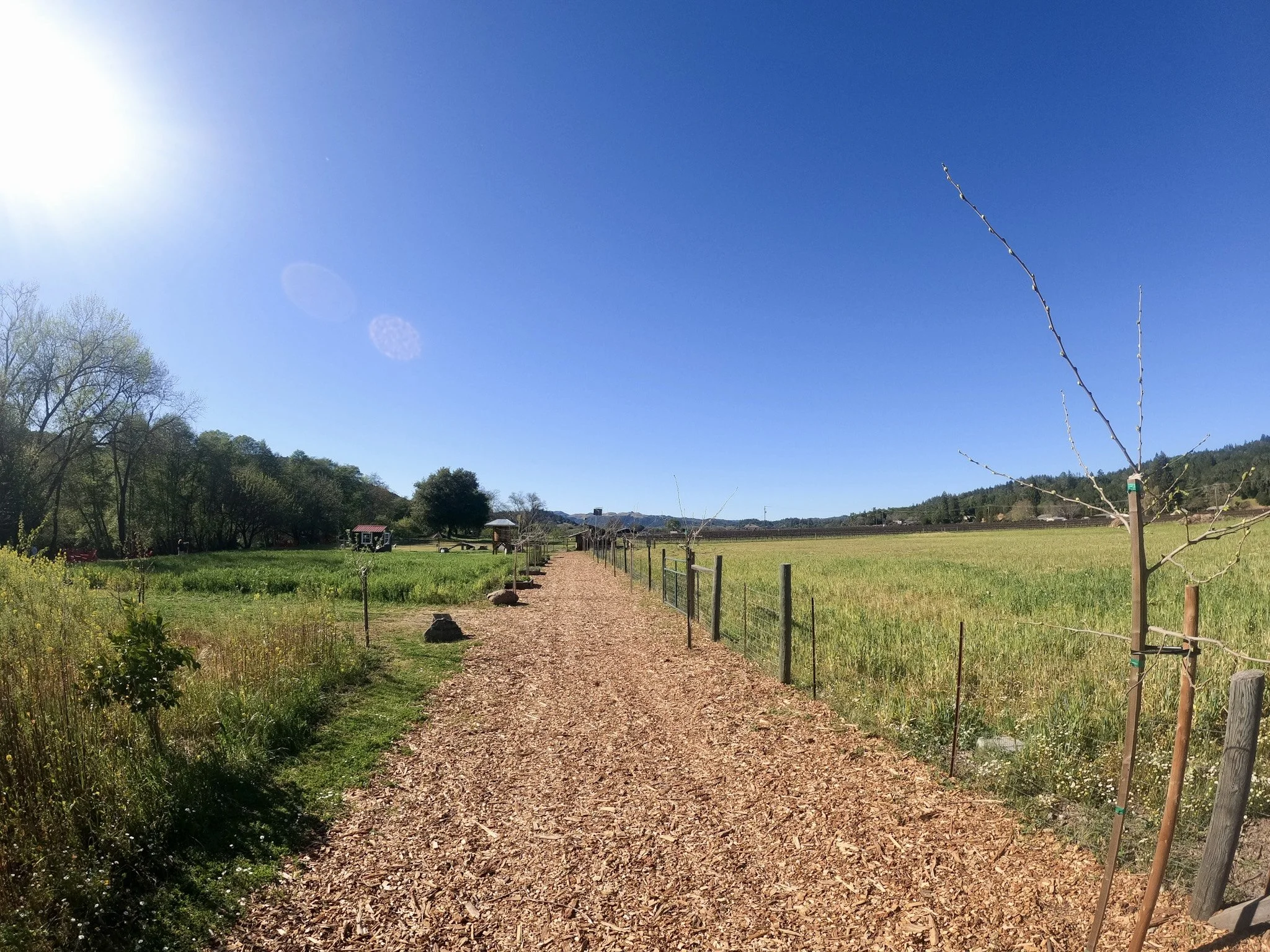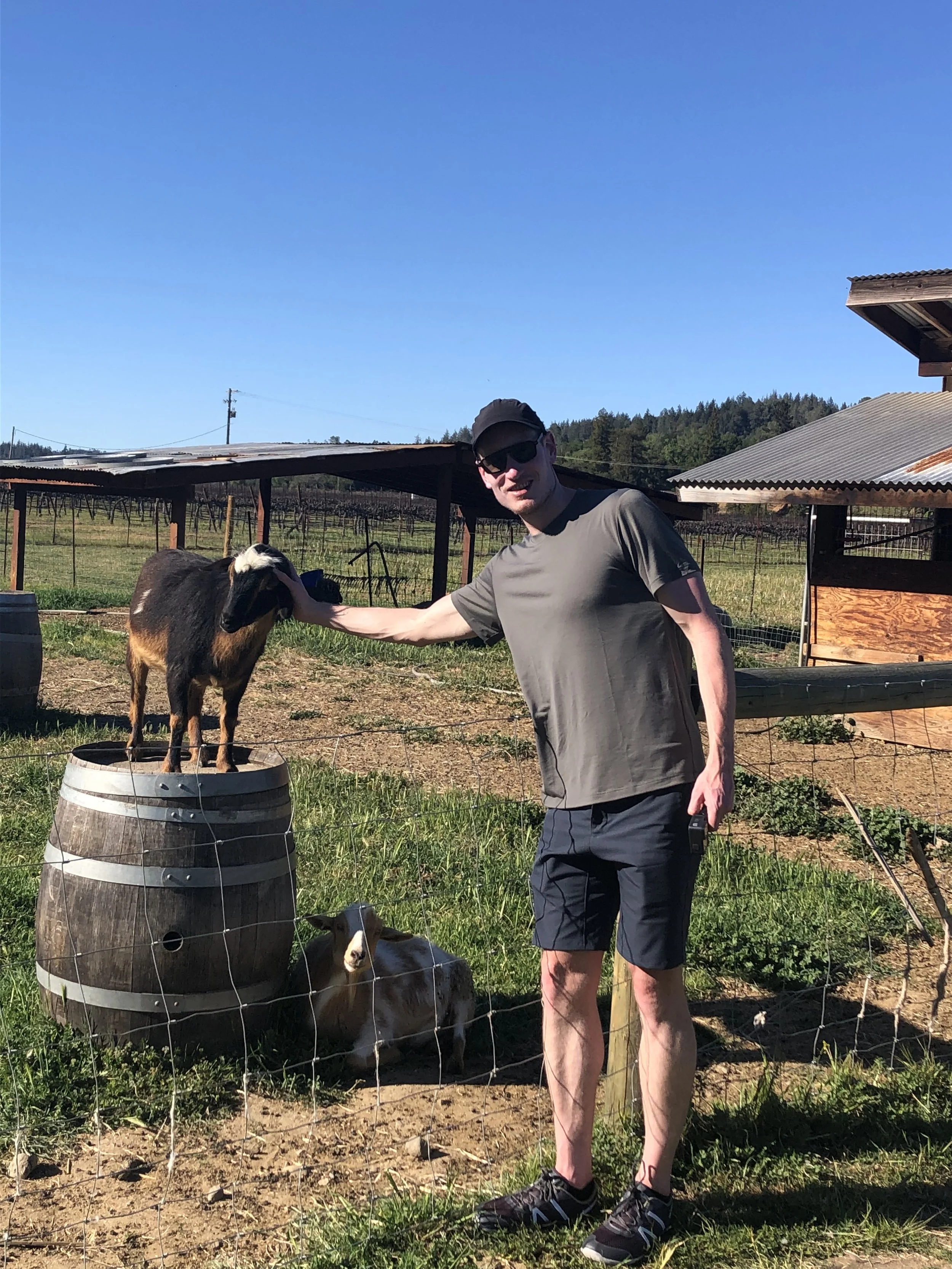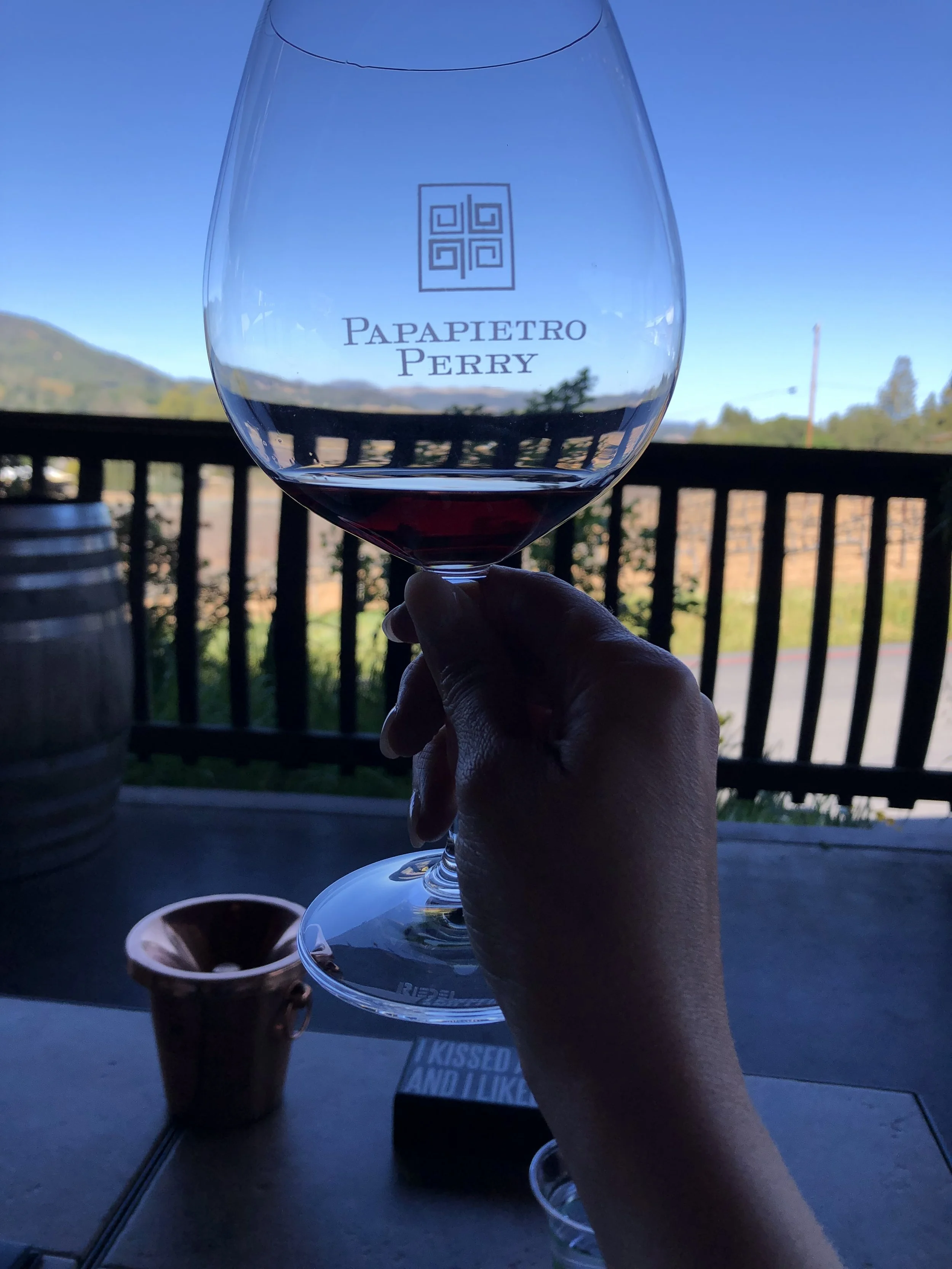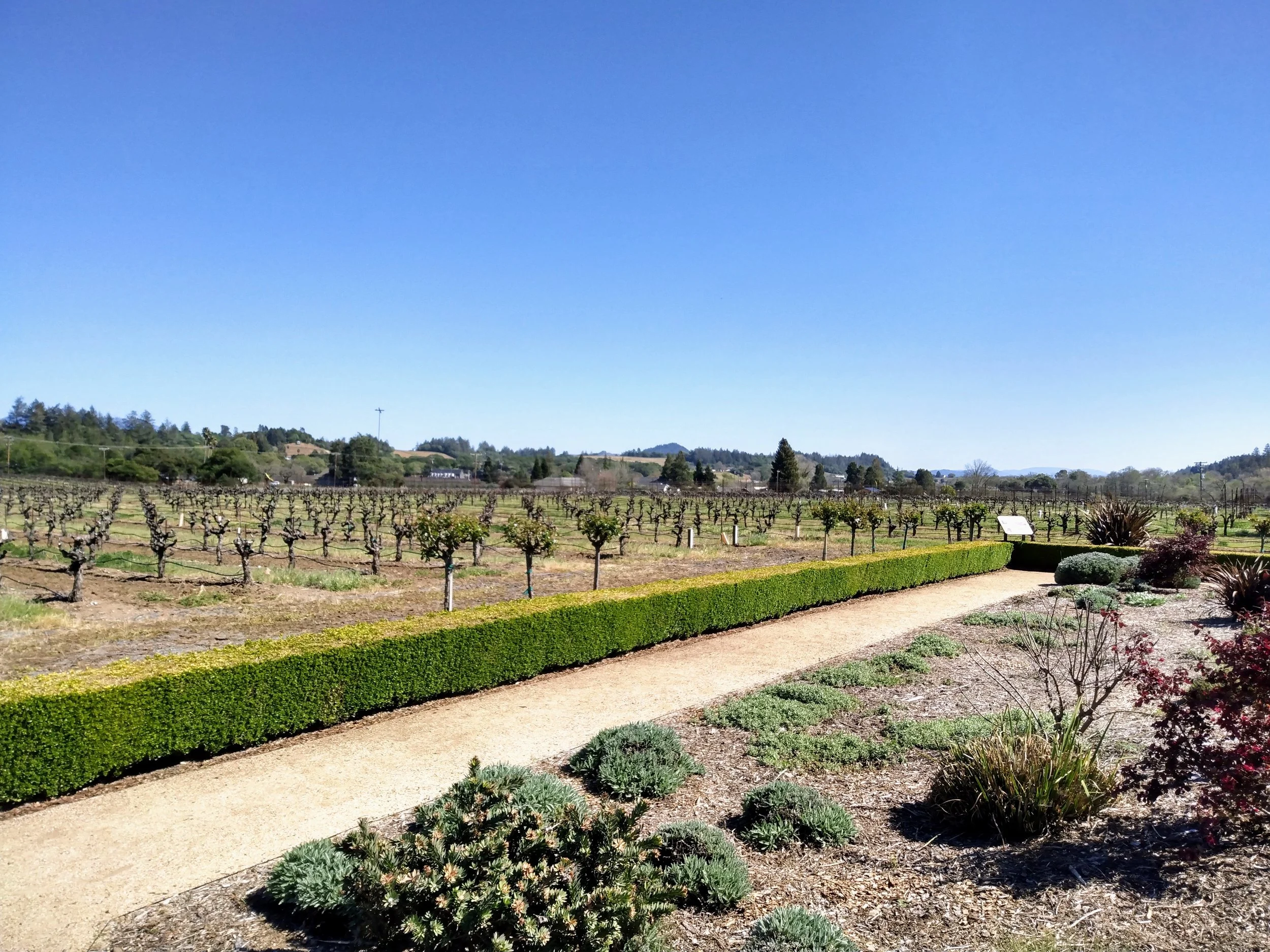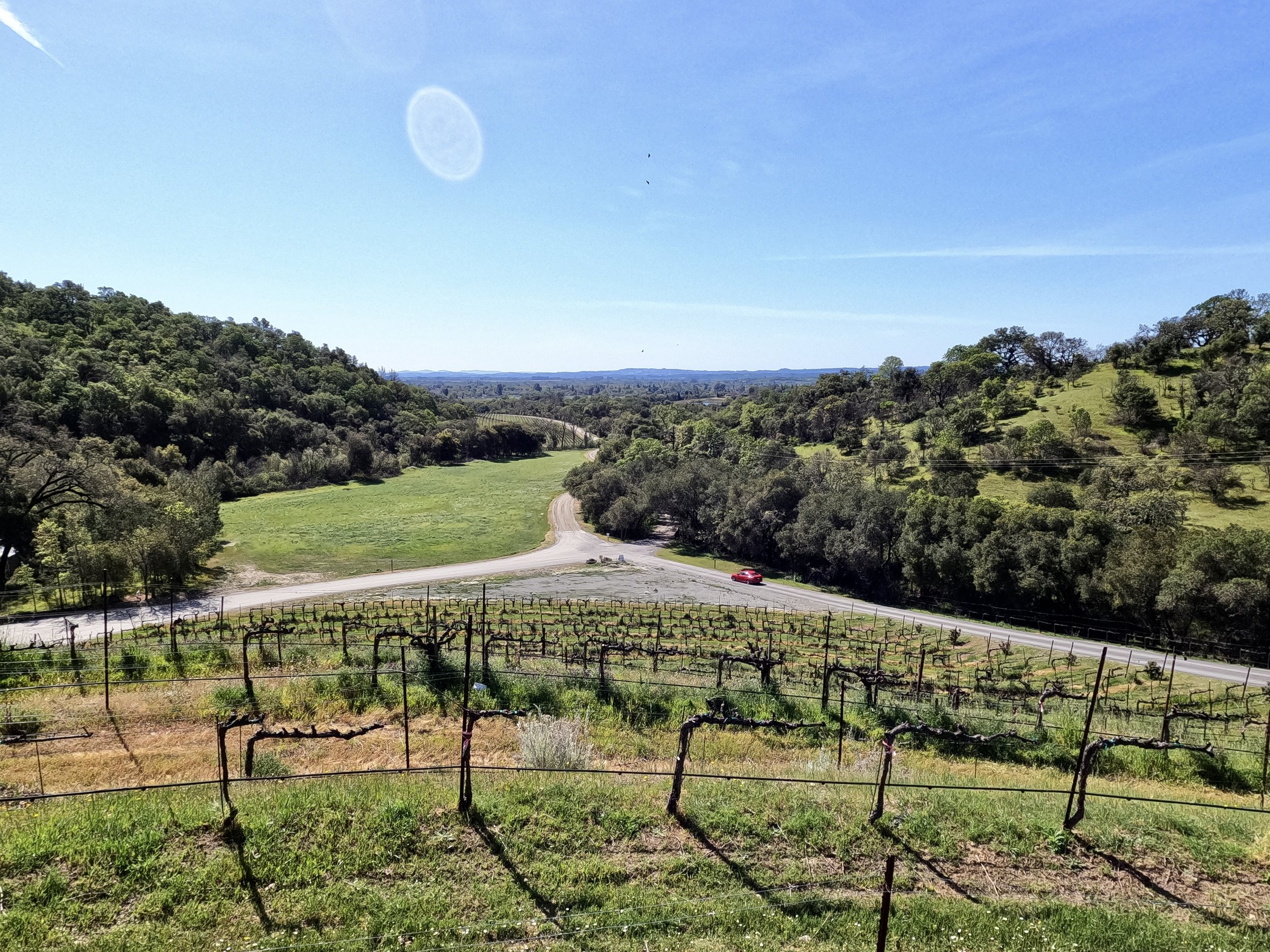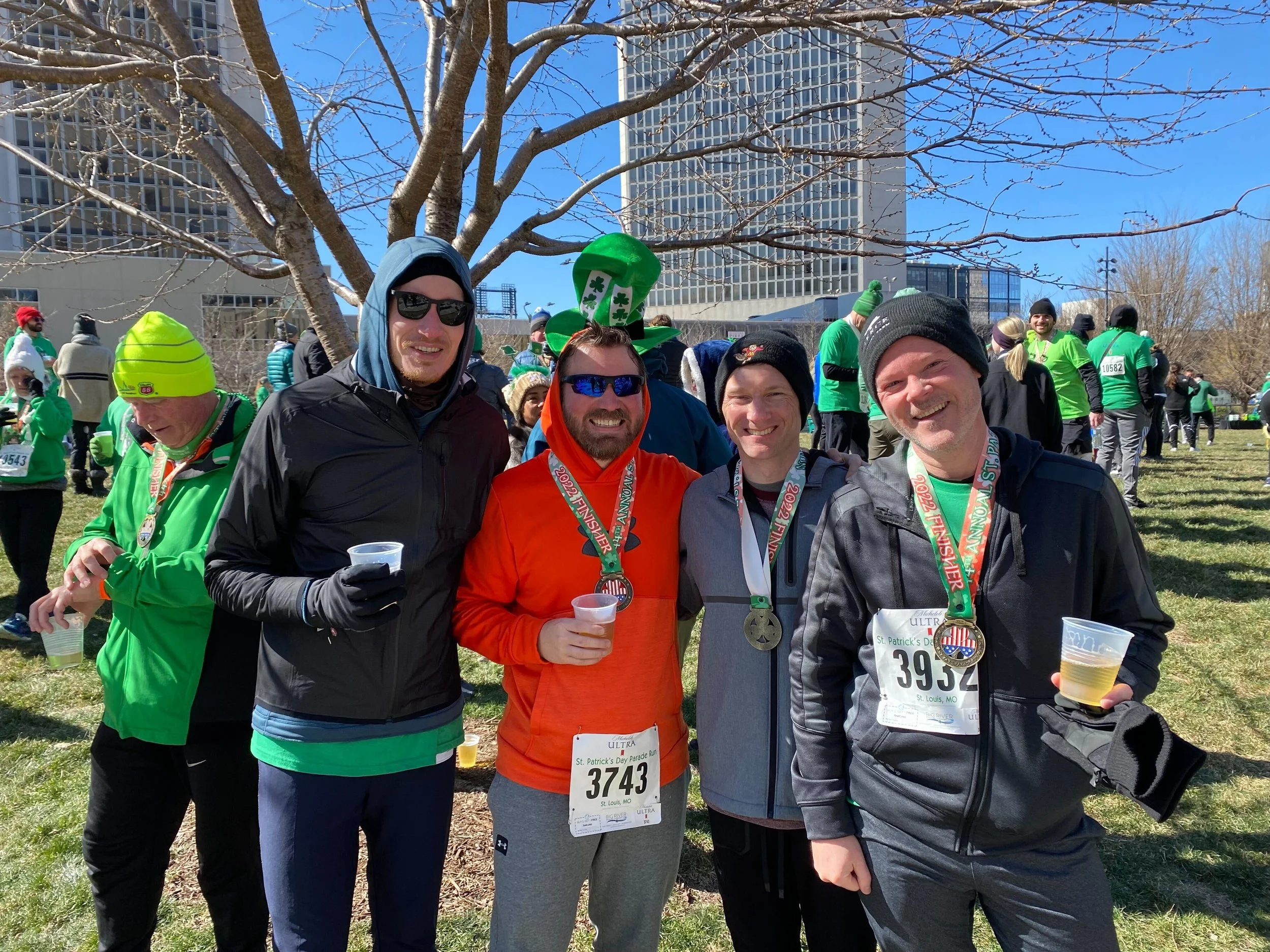I successfully completed the St. Patrick’s day run in Saint Louis this morning. The total distance was 5 miles (8 km). This was the first time I participated in an organized run in about 15 years (my last one was in college). It was also my first “long” run since my foot was injured last fall. I only wanted to finish the event, to prove to myself that months of healing and physical therapy for the foot had worked. A leisurely run would be acceptable. I was joined by a few friends, which helped my motivation and mood.
A cold front enveloped the city the night before and the temperature at takeoff was a bone-chilling 17 degrees F (minus 8 degrees C).
Mentally I told myself that I would start at a slow pace and gradually accelerate. However, a burst of adrenaline hit me when the race started and I quickly abandoned that plan.
The city was preparing a parade, after all, and some runners were sporting “Irish themed” garb such as kilts and leprechaun hats to add some fun.
Caught up in the excitement and fun of St. Patricks’s day, I started the run much more aggressively than I had planned. All hopes for a “gradual buildup” in speed went out the window.
I passed the first mile marker (1.6 km) and I heard my time called out: seven minutes and zero seconds.
Shit, I thought. I haven’t started a run within two minutes of that in years. In fact, I’m not sure that I’ve ever started a long-distance run that fast. I wasn’t out of breath, but I was breathing rapidly.
I started the race somewhere in the middle of the crowd, but as I fought to keep pace with some of the more arrogant-looking runners, I gradually neared the front of the pack.
However, my lungs were working at full capacity. What was supposed to be a fun and leisurely event would test my ability.
I turned left onto Market Street and the following mile was mostly uphill. My lungs were already in overdrive, though my injured foot felt fine. My breathing was loud and hoarse.
The second mile passed. 14 minutes. I was starting a 5-mile run at a faster pace than my fastest-ever 3-mile run. I couldn’t believe it. Due to a foot injury, I had only been running for a month following almost six months of only cycling.
After another half mile, my insulated layers of clothes caused my body to overheat. At the halfway mark I had to unzip my jacket and remove the hood, which was difficult to coordinate while running. I also wondered if and when I was going to fade. There is nothing worse than being passed by people at the end.
Mile three passed and the time announced was 21 minutes. My calves were tightening and my system was experiencing a unique cardiovascular strain that I hadn’t felt in at least ten years.
Hell, I thought. I just ran the fastest 5k of my life, and there’s still two miles to go.
I decided the time must have been incorrect. I am 36 years old and I just picked up jogging again in January following a car crash last August that almost caused permanent damage to my right foot.
The final two miles were on a road that I often cycle on. I know the road like the back of my hand, every every nook and cranny of it. From that three-mile marker, there is a long gradual descent for a mile, followed by a brief and steep incline, and finally a flat run to the finish. I figured I’d recover my energy on the descent and then sprint the uphill climb.
I hit 4 miles and regained a little vigor from the mostly-downhill jog. 28 minutes. A flat 7 minutes per mile and just over 4 minutes per kilometer. Personal uncharted territory. In college my best 10k running time was 56 minutes. I was always a swimmer, not a runner.
This meant that I was running almost 25% faster than my fastest pace from my college years, 15 years later, following a year of almost no running at all.
I could barely enjoy the festivities on the side of the road because I needed all of my energy to finish the run at my current pace. I gave a guy with a giant green foam hand a “high five” as I rounded a corner, but I could barely even muster that. I needed to save every breath I could.
I crossed the finish line at 35 minutes, which is far faster than any run of that distance I’ve ever taken. I also know that I can eventually run much, much faster. That was just my first run of the year, and my first 5-mile completion since last August.
In the moment I felt pretty damn triumphant. Not bad for an ex-swimmer who spends most of his free time cycling (and sometimes skateboarding).
Not to mention that the night before I drank a hefty portion of wine and ate a box of pizza.
Today was an excellent starting point for my return to running. The experience was also fitting for St. Patrick’s day because I am part Irish. After the run, my friends and I had a beer to celebrate. We stayed out in the cold for as long as it felt comfortable (which was awhile because of how much the run heated us).
Now I’m propped up on the couch. I’ll be sore tomorrow, but this day is mine!
